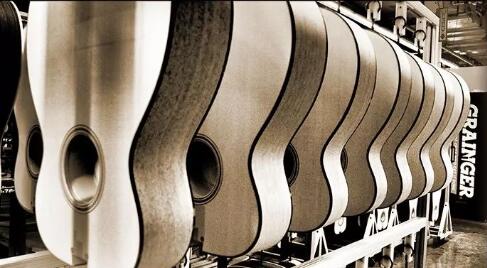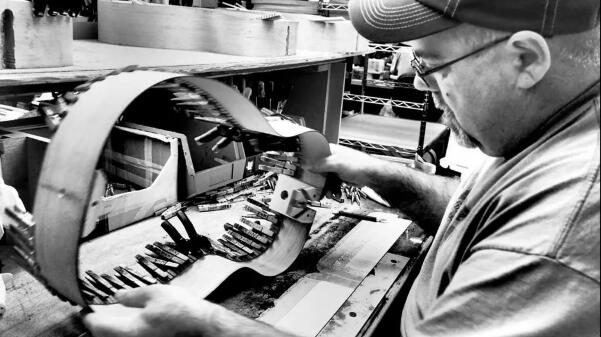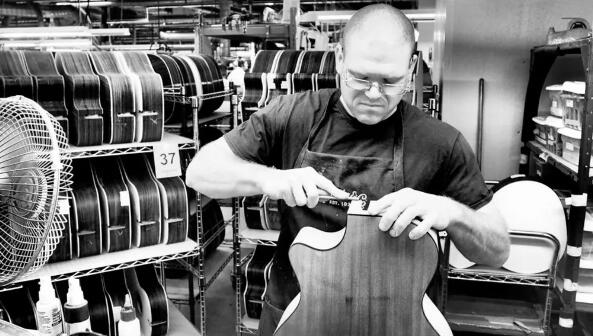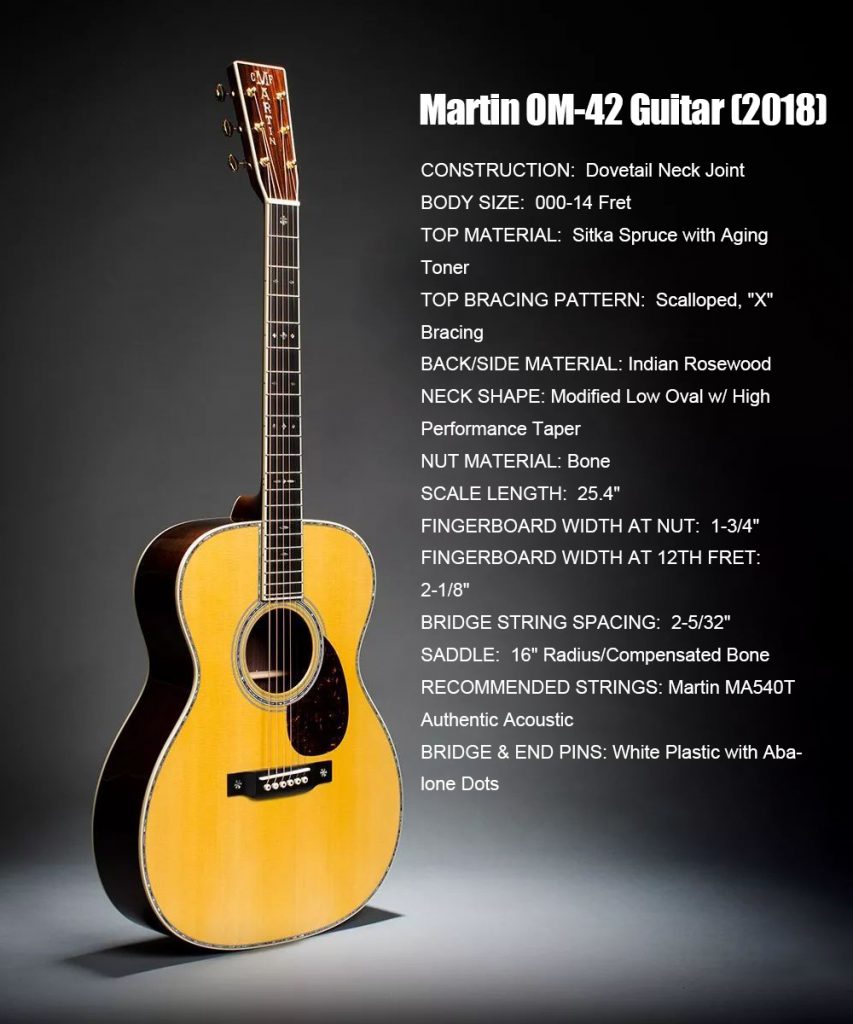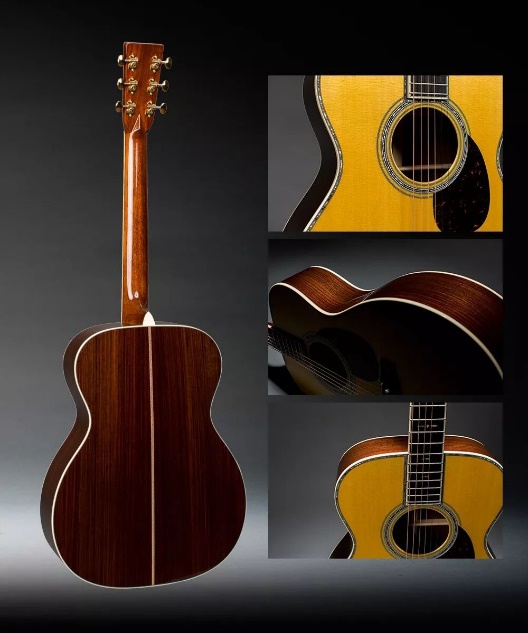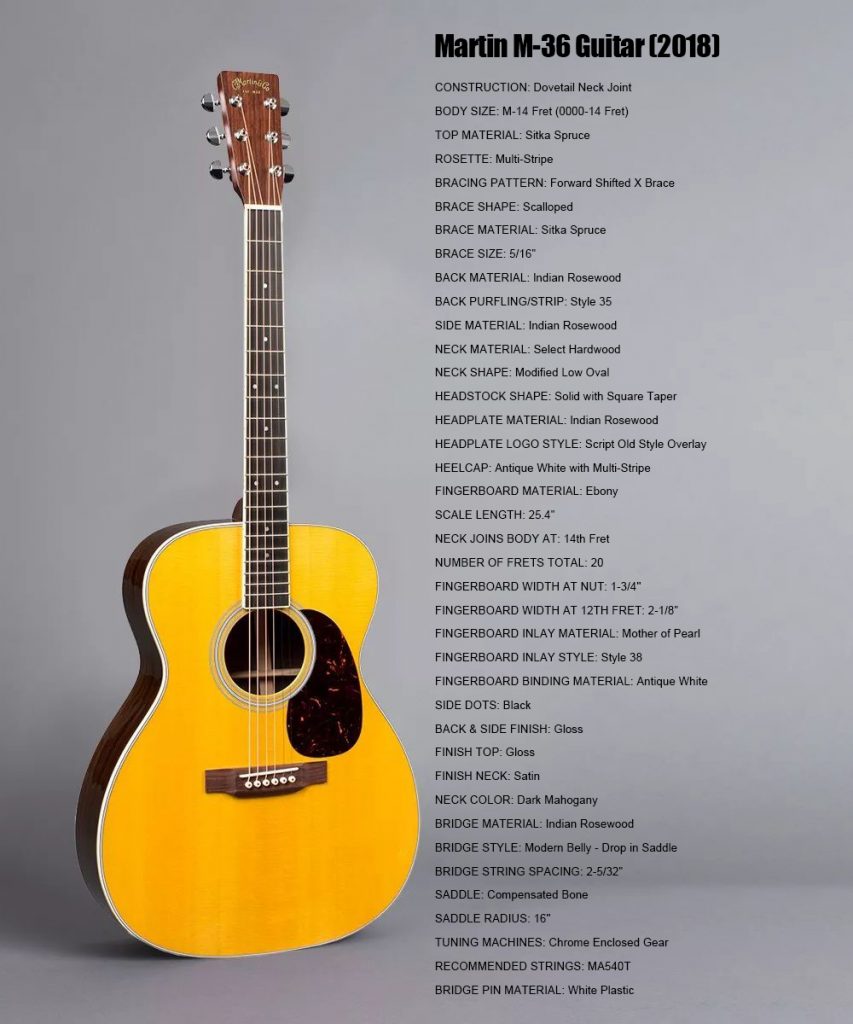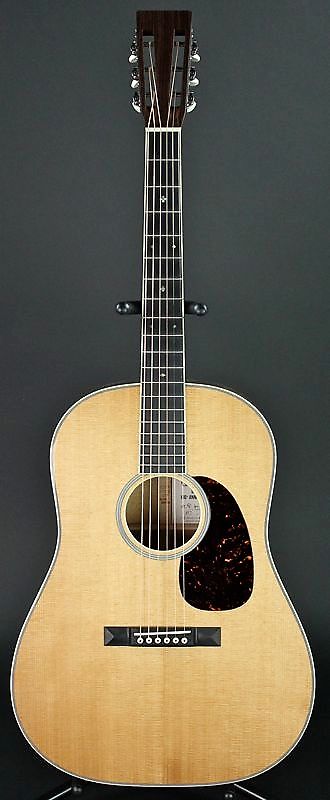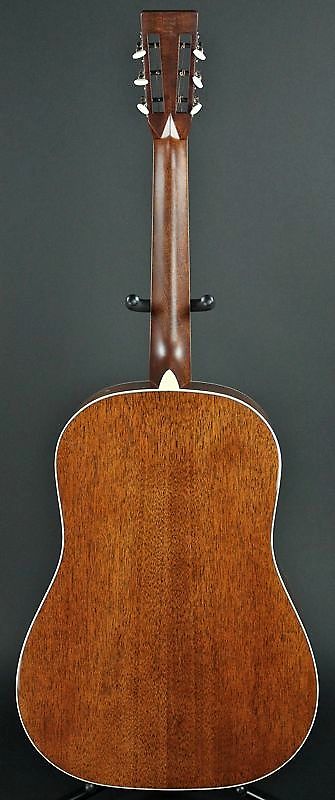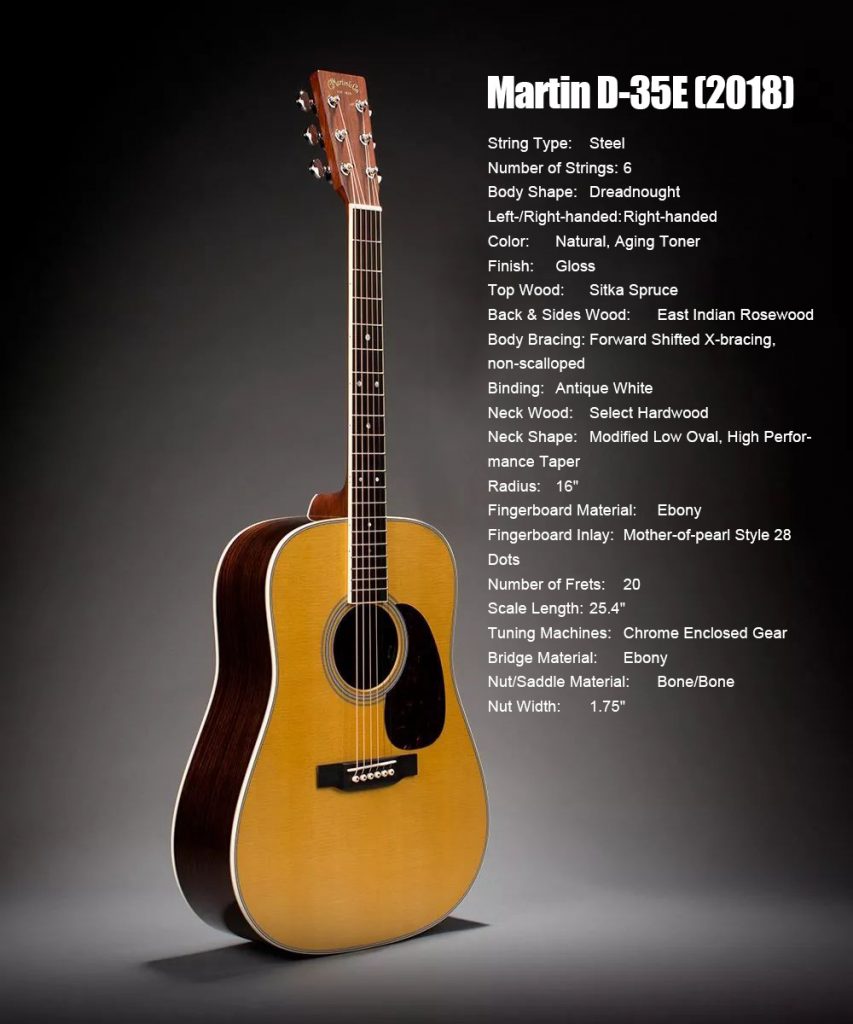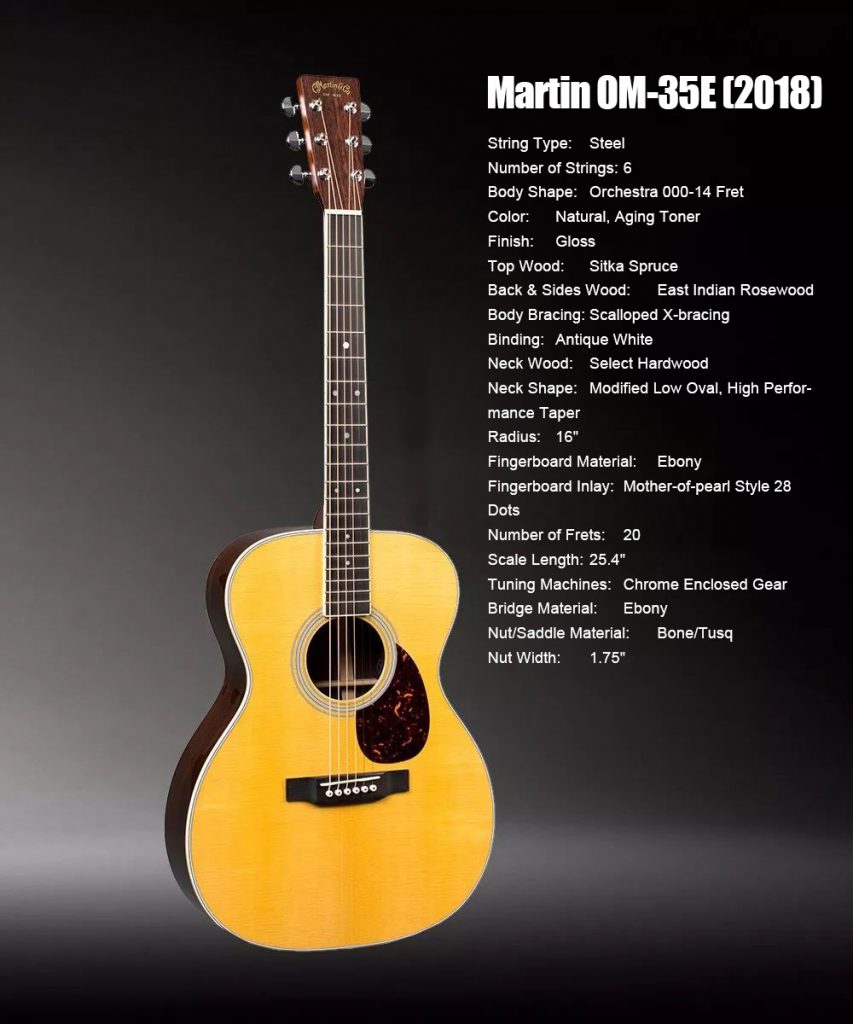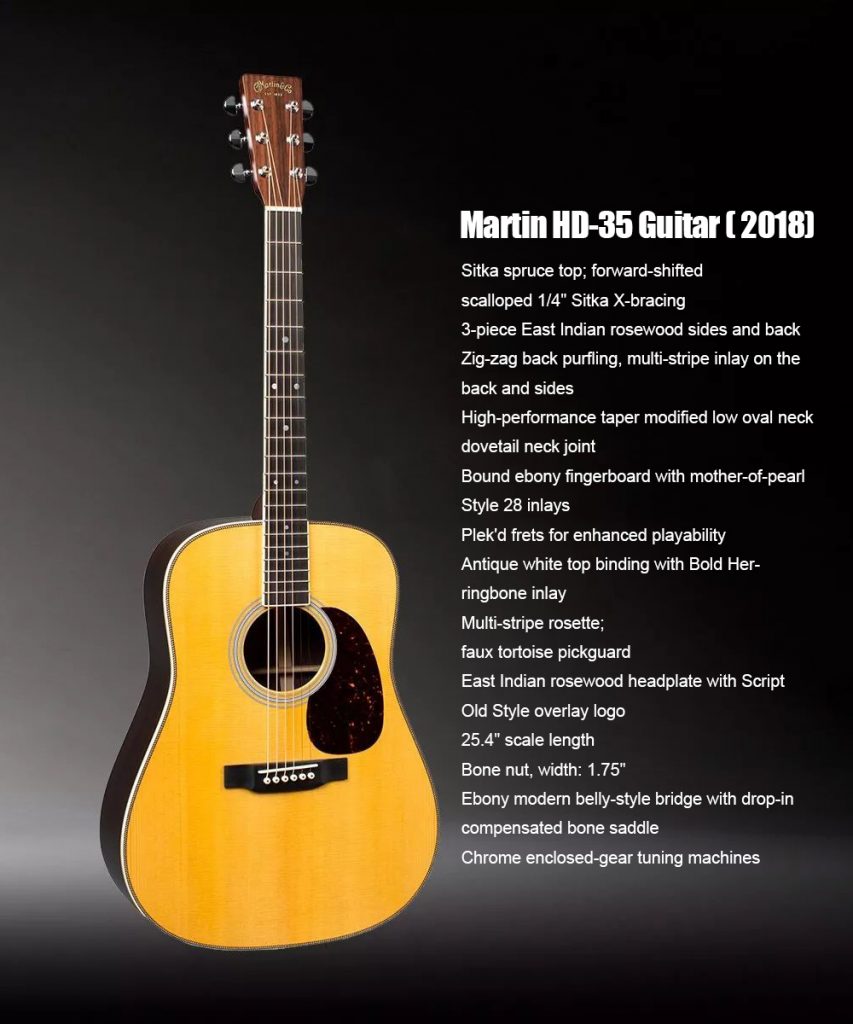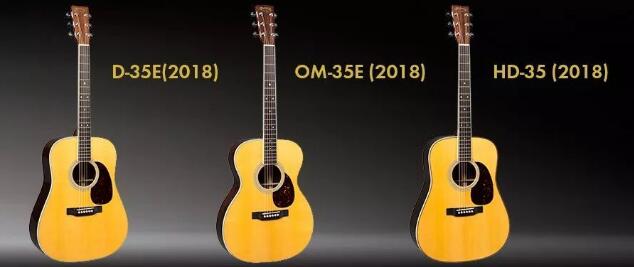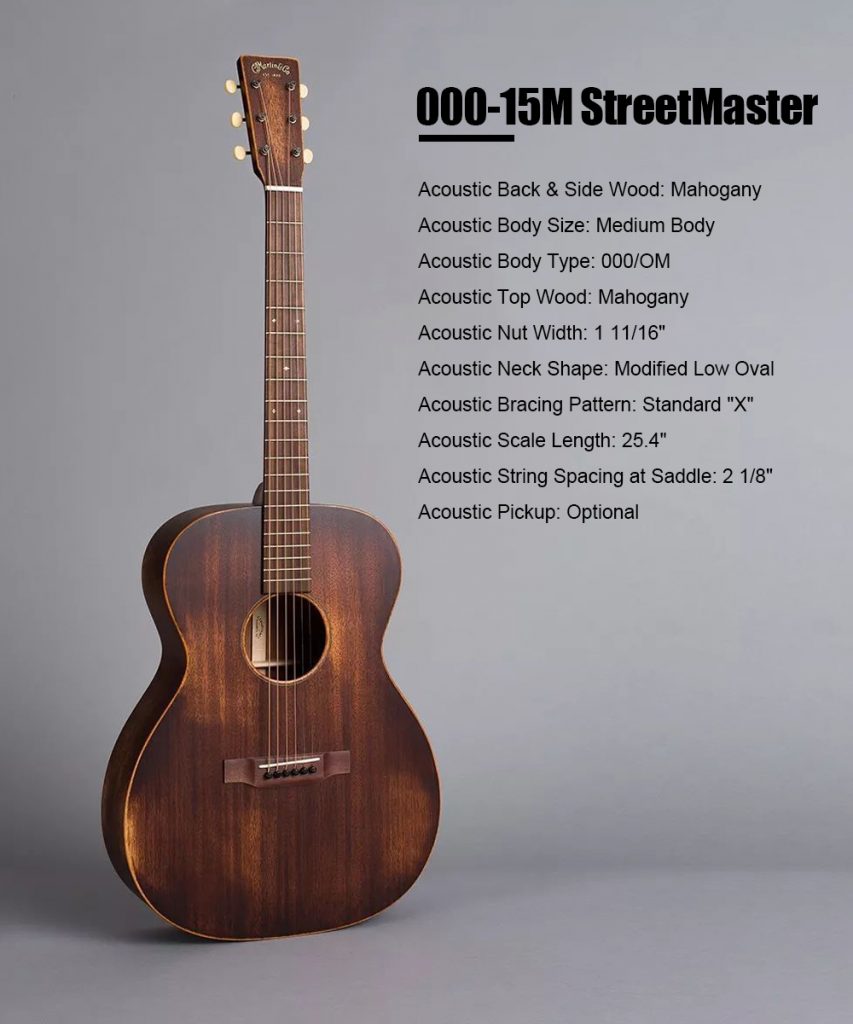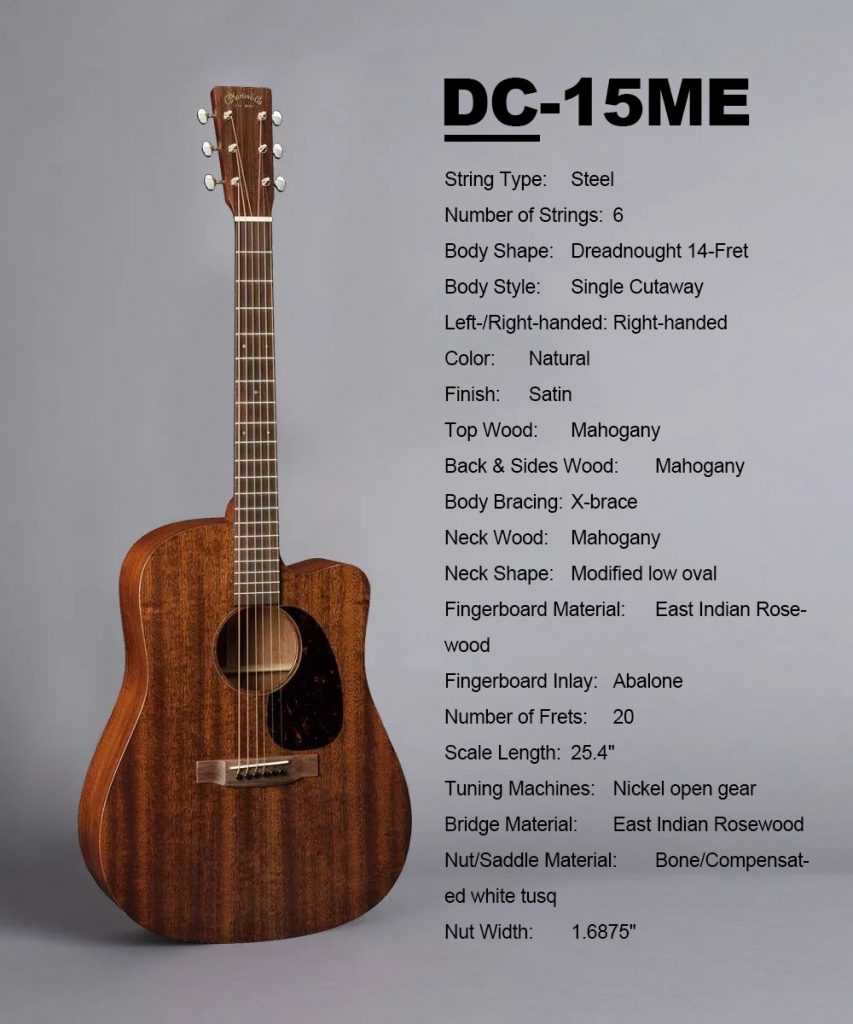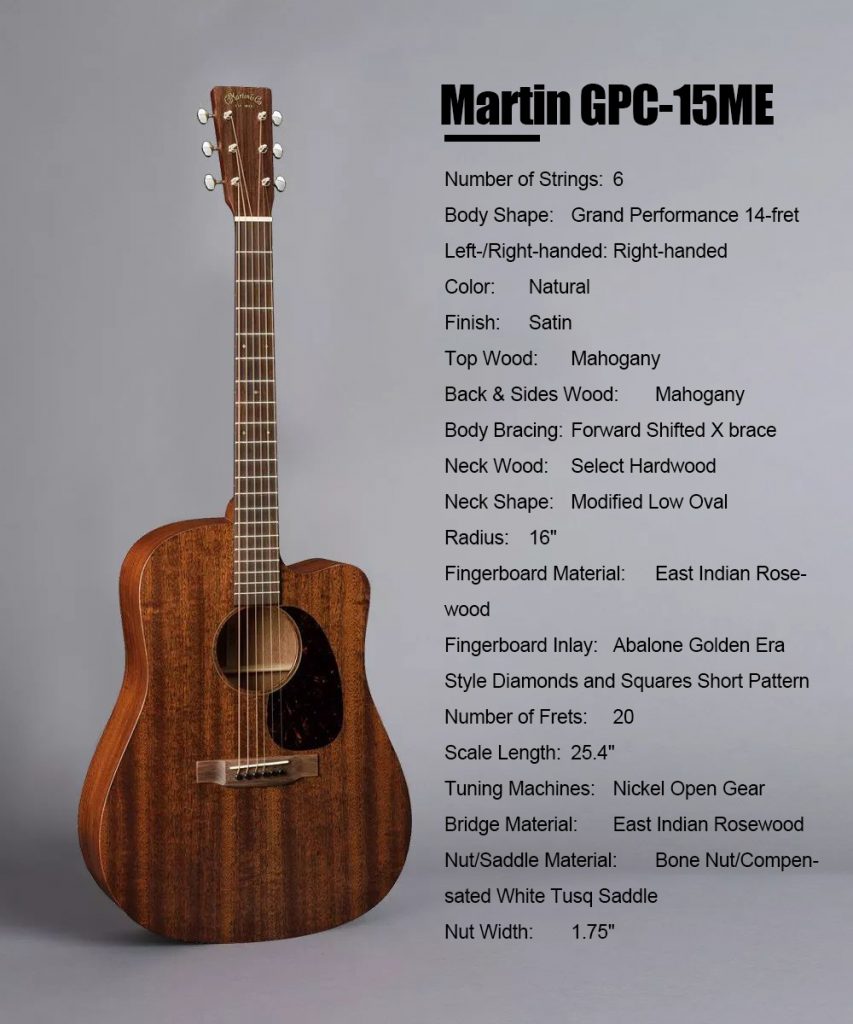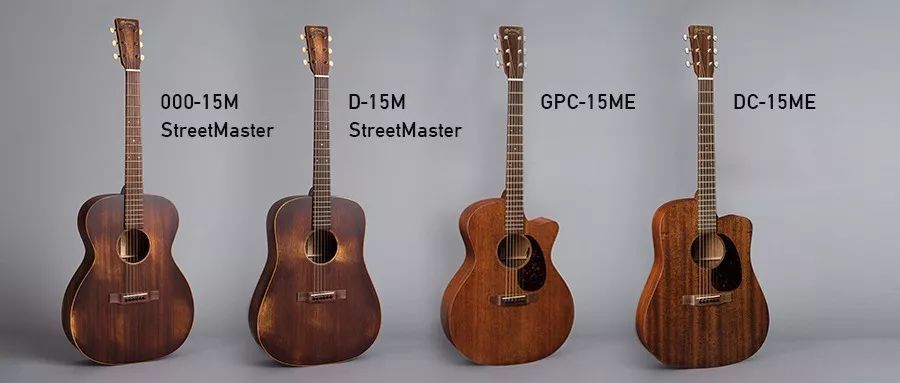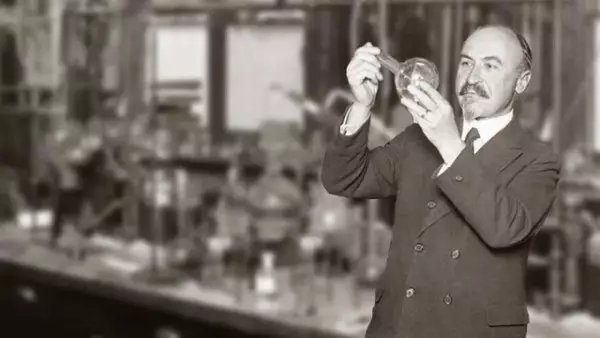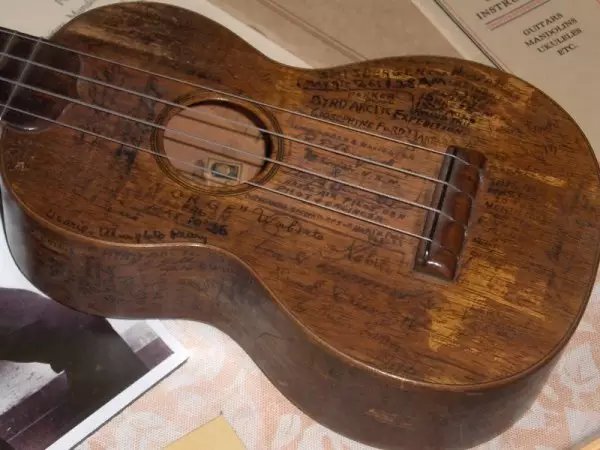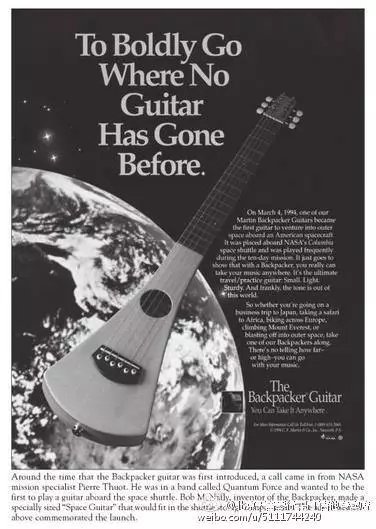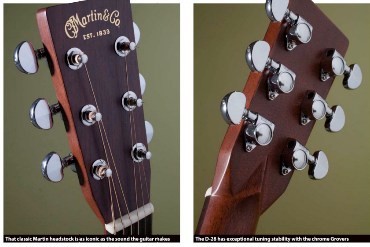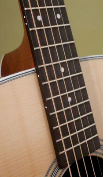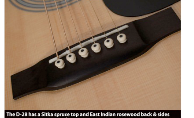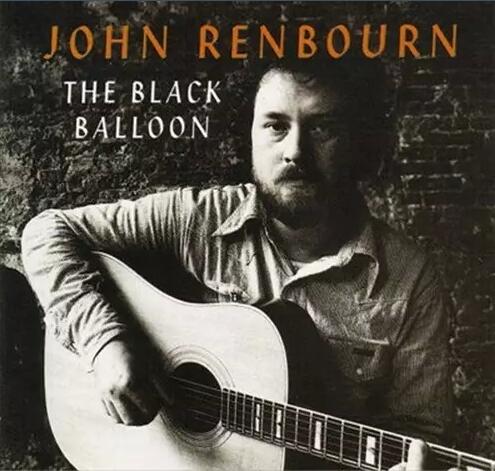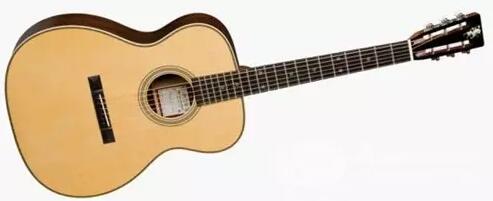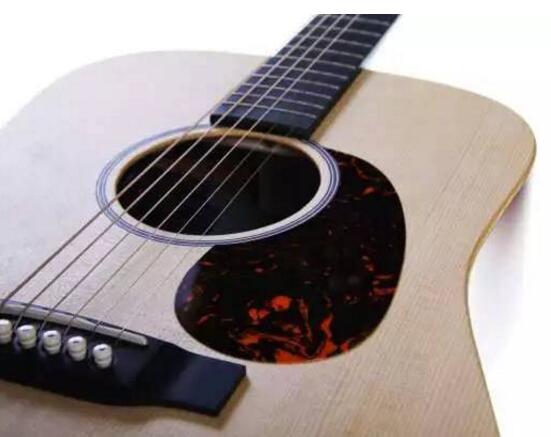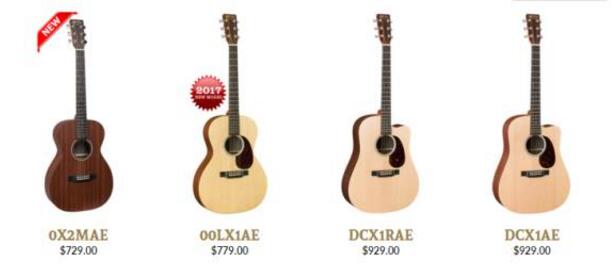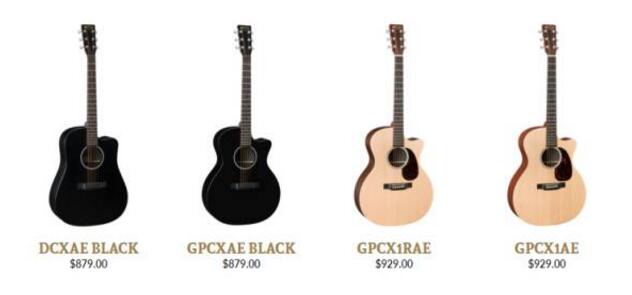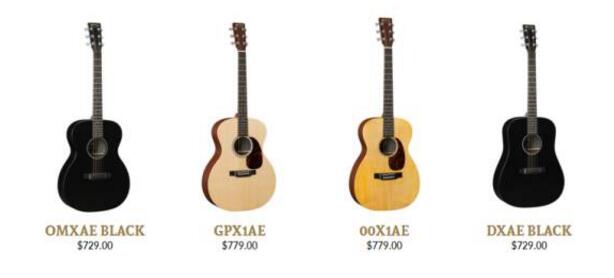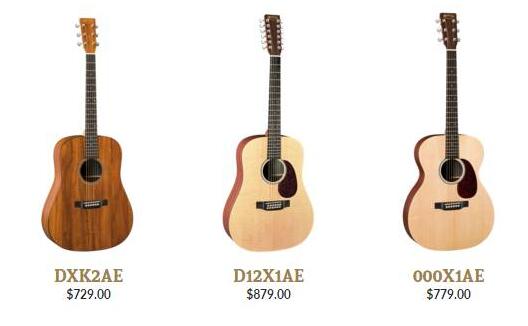A guitar is a musical instrument. Then the study of it must include two aspects, one is naturally the music itself, and the other is to study the physical properties of the instrument. First of all, in terms of music, the most important and initial content is the study of acoustics. We know that sonic transmission requires media, and the mechanism of this propagation is vibration. Sound can travel in the air because of vibrations that cause changes in the air pressure around the sound waves, which are perceived by our ears, so we hear the sound.
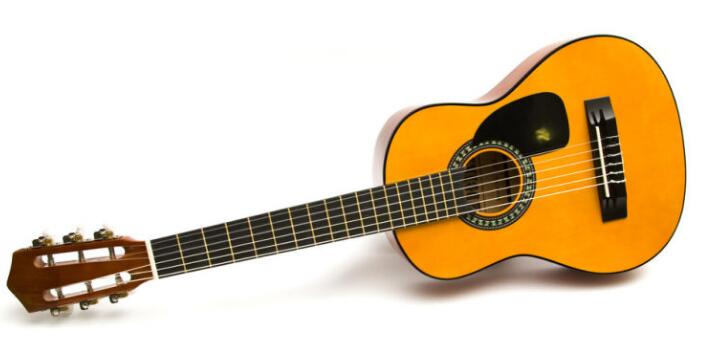
The magnitude of this pressure change is proportional to the volume. The unit decibel (dB) of our daily measurement volume is calculated directly from this pressure change. Another important property of sound waves is its vibration frequency, which is why we can perceive different pitches. The higher the frequency of the sound wave, the higher the pitch. The current international standard pitch is set to 440 Hz for the A4 tone. This sound is one string and five frets in the position of the guitar fingerboard under the standard chord. But when we play the instrument, we play differently, and the tone is very different. This is because the sound waves transmitted by the instrument during performance are not limited to one frequency. As an example of playing a guitar, the strings are plucked by hand and the strings are plucked, and the sounds are significantly different. In addition, playing at the neck and playing the sound at the bridge will be different.
Through experimental measurements, we can know that when we play an instrument, there is an overtone in addition to the fundamental frequency of the resolution pitch. Overtones are actually one octave or more octaves above the reference frequency. Each pitch is one octave higher and the audio frequency is doubled. So we usually see that sound waves are not theoretical sine waves, but waves that look like seven and eight. This reason is actually the result of superimposing multiple frequencies. With a simple Fourier transform, we can make a sound signal into a frequency histogram, just like the one we usually see on a speaker. But the premise of this is that this audio has a reference frequency. That is to say, no matter how chaotic its shape is, this disorder is orderly and continuous. If the two points are separated by one reference period, then their audio properties are the same. According to Newton’s second law, an external force must be applied in order to change the existing state of an object. Acoustically, if we want to excite an object to vibrate, we must apply an external force to the object. Just as we knock on the table and knock on the bowl, they only make a sound after being hit.
And this sound is not the same as high or low. This is because each object has its own unique resonant frequency. Moreover, different vibration frequencies are generated for the same object in different states. The simplest example is to knock on a bowl and see if the resulting pitch is the same when filled with water and without water. At the same time, according to the principle of conservation of energy, when you hit any object or stretch the spring, it actually applies kinetic energy and potential energy to them. The amount of energy directly affects the volume. If ideally, these vibrations may continue. But because of the friction and other constraints, the vibration will decrease, that is, the amplitude of the vibration will become smaller and smaller. The rate of reduction can be seen as acceleration, but this acceleration is also constant, because the force changes at every moment. Another source of sound is directly caused by changes in air pressure. It is like blowing air against the bottle mouth, which will cause pressure exchange outside the bottle. This pressure exchange is also a positive and a negative, similar to the effect of pulling the spring. The intensity of this pressure exchange will become smaller over time. When the air pressure outside the bottle is balanced again, there is no sound any more.

As an acoustic guitar, it is actually a combination of the above two models for producing sound. When we move the strings, we actually exert potential energy on the strings. When we release, the potential energy instantly changes to kinetic energy, and the strings begin to vibrate. The vibration of the strings is transmitted to the body by the bridge and neck. When the body vibrates, it will induce changes in the surrounding air pressure. Then this pressure change is felt by the human body, and we hear the guitar sound produced by the vibration of the body. Studies have shown that in all audio, the top board is mainly responsible for the high frequency part, and the back and side boards are mainly responsible for the intermediate frequency and low frequency. Another part of the sound source comes from the sound hole. This is a principle of blowing air on the wine bottle. The vibration of the strings drives the exchange of air inside and outside the guitar to produce sound. This part of the audio is also mainly composed of low and medium frequencies.
So looking at a guitar, you can use guitar sound to estimate what wood the guitar is using without knowing the materials. At the same time, if you know the material and structure of the guitar, you can also predict the sound it can produce. But this is only a very rough estimate, because each piece of wood is not the same. So even if the production process is the same as the structure, their final tone will be different.
The most common woods used to make acoustic guitars are: spruce and cedar are often used for top wood. Because they have the advantages of full vibration of the flexible, but also have a high stiffness. Mahogany and rosewood are the best materials for making back and side panels. The acoustic characteristics of mahogany have a prominent intermediate frequency, while rosewood has a clear performance at low frequencies and high frequencies. A guitar made of pure solid wood will get a fuller sound after playing for a while, the term is aging. But the price is high, the general brand of pure solid wood (even if made in China) must be more than 500 dollars (the result of amazon and musicansfriend survey).
And if a guitar is not solid mahogany or solid rosewood, then it must be laminated wood. That is to say, these materials are superimposed on the veneer. The bad place is that the tone is not pure, because the vibration frequency of different woods is not the same, just like the two people who walked when we were young, if the steps are not the same, then we can only wrestle. Finally, don’t think that the guitar produced in mainland China is synonymous with poor quality. Our Chinese production process has made considerable progress, but few people now seriously treat the long-term development of the instrument industry, thinking that it is a game without technical content. Again, a large part of the power of the US soft power is due to the hands of rock musicians. The guitars with cultural symbols, and the guitars behind them represent the country’s overall industrial level and creativity.
